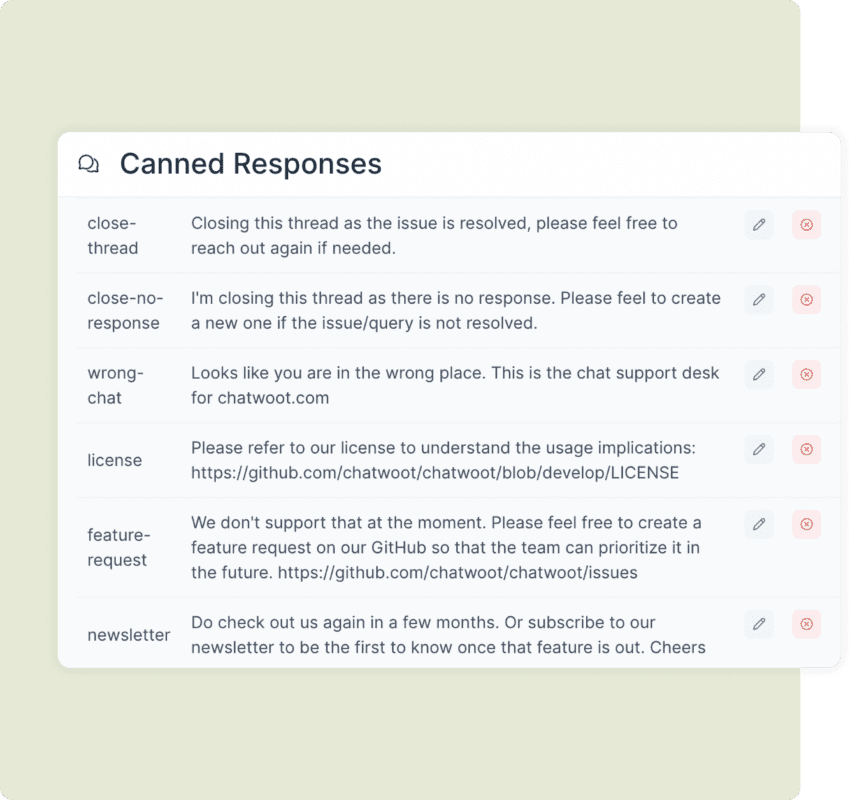Feature vs Benefit Explained
When it comes to understanding the nuances of marketing and sales, two terms often come up: features and benefits. While these terms are related, they have distinct meanings and implications for how products or services are presented to potential customers. In this explanation, we’ll delve into the differences between features and benefits, why understanding these differences is crucial, and how they can be effectively utilized in various contexts.
Features: What They Are
Features refer to the characteristics or attributes of a product or service. They are the specs, the design, the materials used, the functionalities, and any other inherent qualities that define what the product or service is. Features are factual and can be quantified or described in specific terms. For example, a smartphone might have features such as a 6.7-inch screen, 12GB of RAM, a quad-camera setup, and a 5000mAh battery. These are tangible aspects that can be listed out and compared across different models or brands.
Benefits: What They Are
Benefits, on the other hand, refer to the value or advantages that customers can derive from the features of a product or service. Benefits explain how the product or service can solve problems, meet needs, or enhance the customer’s life in some way. Unlike features, which are about what the product is, benefits are about what the product does for the customer. Using the smartphone example, the benefits might include enjoying vivid and large displays for better entertainment, having enough storage and speed for multitasking, capturing high-quality photos, and having a long-lasting battery that reduces the need for frequent charging.
Why Understanding Features vs. Benefits Matters
Understanding the difference between features and benefits is crucial for effective marketing, sales, and customer satisfaction. Here are a few reasons why:
Customer Focus: By focusing on benefits, businesses can shift their marketing and sales efforts from merely listing what their product can do (features) to explaining how it can improve the customer’s life or solve their problems. This customer-centric approach is more engaging and relevant to potential buyers.
Competitive Advantage: In highly competitive markets, many products may offer similar features. However, by highlighting unique benefits, a business can differentiate itself and stand out from the competition.
Increased Value Perception: When customers understand how a product or service can benefit them, they are more likely to perceive it as valuable. This can lead to increased satisfaction, loyalty, and even a willingness to pay a premium for the product or service.
Better Product Development: Focusing on benefits can also inform product development. By understanding what benefits are most important to customers, businesses can design products and services that meet these needs more effectively.
Applying Features and Benefits in Real-World Scenarios
Let’s consider a practical scenario to illustrate how features and benefits play out in the real world. Suppose a company is launching a new smart thermostat. The features of this thermostat might include Wi-Fi connectivity, a touchscreen interface, geofencing capabilities, and the ability to learn and adjust to the user’s schedule and preferences. The benefits, on the other hand, would include saving money on heating and cooling bills, enjoying a more comfortable home environment, having the convenience of controlling the temperature remotely, and contributing to energy efficiency and sustainability.
In marketing this product, the company could focus on the benefits by highlighting stories of customers who have saved significant amounts on their energy bills or appreciated the convenience of being able to adjust their home’s temperature from their smartphone. This approach resonates more with potential customers than simply listing the technical specifications (features) of the thermostat.
Conclusion
In summary, while features and benefits are related concepts, they serve different roles in the presentation and perception of products and services. Features describe what a product or service is, while benefits explain what it does for the customer. By understanding and effectively communicating both, businesses can create more compelling value propositions, enhance customer satisfaction, and ultimately drive sales and loyalty. Whether you’re in marketing, sales, product development, or any other field related to customer engagement, grasping the distinction between features and benefits is a crucial skill for success.
